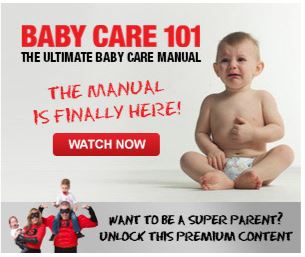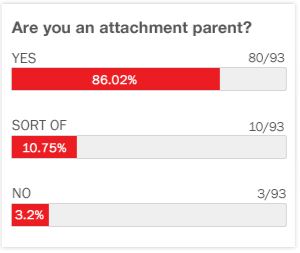Transcription:
It is essential for parents and teachers and all professionals to understand a child's, what we call, individual differences, those things that make the child unique and inform us as to how they learn. The child's thought process, cognition, their memory, their ability to understand and use written and spoken language, their sensory and motor processing, and their emotional life, it's so important for us to understand individual differences as a treatment roadmap. In that way, we can customize programs for children rather than fitting children into preexisting programs. When we understand what makes our child unique and help that child appreciate it, then we'll be able to tailor programs to the child's needs and help them move up the developmental ladder more efficiently, with less stress, and quickly. The other thing we need to know is that when we put together a profile of our child, occupational therapists can be key in understanding a child's sensory-motor differences. I've found that having a great occupational therapist on your child's team (it can be through your school district or through your state agency if your child is under the age of three or through private insurance) that an occupational therapy sensory-motor evaluation can be golden in helping you understand how to guide the team on your child's individual differences. When you understand your child's individual differences, it can help you as the parent help the professionals understand what's really going on with your child. For example, I had a referral for a three-year-old whose pediatrician thought that he may be hyperactive or have ADHD. That's a young age for that type of diagnosis and I did an evaluation and found that what was really going on was that the child had a very high need for movement. He was seeking movement and we found this out through his individual differences on his occupational therapy evaluation because he craved vestibular input, that is, the feeling of his body in space. When he was moving around and feeling his body in space, he was alert and functioning. We found out after occupational therapy that once he got those needs met in an appropriate way at school, that the symptoms went away. So he actually did not have hyperactivity, he had a sensory-integration issue that looked like hyperactivity. The individual differences for your child is going to really create your treatment roadmap. For this particular child, the accommodations that were made in his classroom were to give him sensory breaks. Allow him to have a small trampoline in the classroom where he could jump when he needed it and he would tell the teacher when he felt like he needed a sensory break. Another thing, because his body needed so much movement to it and what we call proprioceptive input so that he could feel where his muscles and joints were, was that they got him a movement pillow, something that he sat on which allowed him to move in his seat. This child's accommodations to his individual differences allowed him to pay very good attention and his challenging behaviors decreased and he did really well in preschool.




 GET ACCESS TO ALL PREMIUM CONTENT WITH NO ADS FOR $4.99/MONTH
GET ACCESS TO ALL PREMIUM CONTENT WITH NO ADS FOR $4.99/MONTH




Login or Register to view and post comments